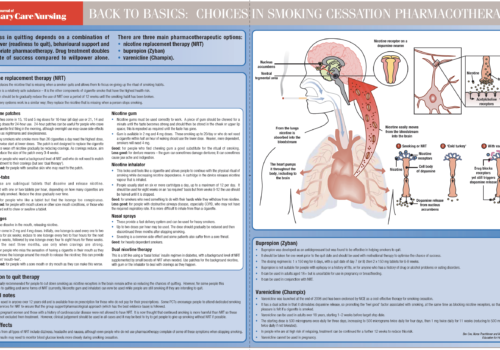Well, I hope that I am not the first – or last – to wish you a happy festive season. With the bulk of the flu campaign over – and, I trust, successful – let us take a tentative look into the future. The new Secretary of State for Health, Alan Johnson, set the scene in his first speech. Can we look forward to a Happy New Year for primary care in 2008?
Why is cardiac mortality higher around Christmas and New Year?
Higher cardiac mortality in the winter has long been recognised. It may be due to colder temperatures, which have been associated with depression of heart rate variability and increases in vascular resistance, coronary vasospasm, blood pressure and haemostasis. The peak in cardiac mortality around Christmas and New Year is likely to be compounded by factors that accompany the holiday season: overindulgence in food, salt and alcohol, emotional stress or depression, exposure to particulates from fireplaces, holiday-induced delays in seeking medical attention and reduced staffing of healthcare facilities. How can we help our patients to reduce their risk?
You and your treatment: starting on a glitazone
Sitagliptin: the first in a new class of drugs for type 2 diabetes
Sitagliptin (trade name Januvia) is the first in a new class of drugs for diabetes – the dipeptidyl peptidase-4 (DPP-4) inhibitors. This new, oral hypoglycaemic agent has recently been approved for the treatment of type 2 diabetes. It is available on prescription and can be prescribed in primary care. Principal advantages include lack of weight gain and hypoglycaemia, which should make sitagliptin very popular with patients. This article looks at what a DPP-4 inhibitor is and how it works to lower blood glucose, as well as where this class of drug fits into current practice.
Back to Basics: Choices in smoking cessation pharmacotherapy
Optimising the prevention and management of obesity: putting NICE guidance into practice
Obesity is a rapidly growing problem in the UK. Department of Health statistics show that the prevalence of obesity in children under 11 years of age rose from 9.9% in 1995 to 13.7% in 2003, and in adults obesity prevalence has trebled since the 1980s, with more than 50%, (almost 24 million adults), now being classed as overweight or obese. In the article, we review the latest guidance from the National Institute for Health and Clinical Excellence (NICE) on how to prevent and manage obesity in practice.
Mending the growing problem of childhood obesity
There is no argument about the fact that childhood obesity in the UK is a serious problem. According to the Department of Health, childhood obesity affected 14.3% of 2-10 year olds in England in 2004. This was almost 5% more compared to the 1995 figures, and the estimated prevalence for 2010 is 20% if nothing is done, meaning that one million children will be obese. What can we do to reverse this growing epidemic of childhood obesity?
Phase II cardiac rehabilitation in primary care
Cardiac rehabilitation is an aspect of Coronary Heart Disease (CHD) management that many primary care health professionals admit to knowing relatively little about. In this article, we explore the central role of primary care in cardiac rehabilitation.
Heart disease in women: no longer a cinderella issue
Editorial
“To be alive at all involves some risk.” Wise words from a former prime minister, Harold McMillan. In terms of preventing cardiovascular disease (CVD), we recognise that everyone who is still breathing is at some risk, but we calculate their risk of a cardiovascular event to assess what preventive action is warranted. New approaches developed for the UK look set to Jan Procter-King make our risk estimates more accurate.
Diabetes Specialist Nurses: Making the Most of their Expertise in Primary Care
Diabetes specialist nurses (DSNs) are usually experienced registered nurses who specialise in all aspects of diabetes care. They work in hospitals and in the community, fulfilling many different roles. As their work focuses on diabetes care they become very knowledgeable in their subject area and are potentially a valuable resource. This article looks at the role of the DSN and how practice nurses can make use of their expertise to improve both patient care and their own diabetes management skills.






















